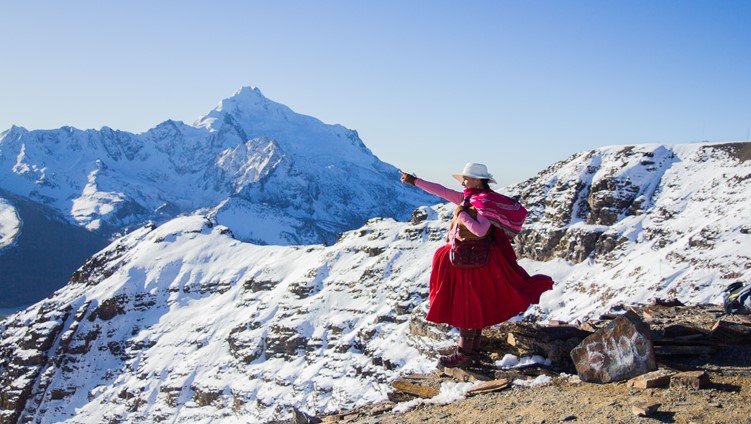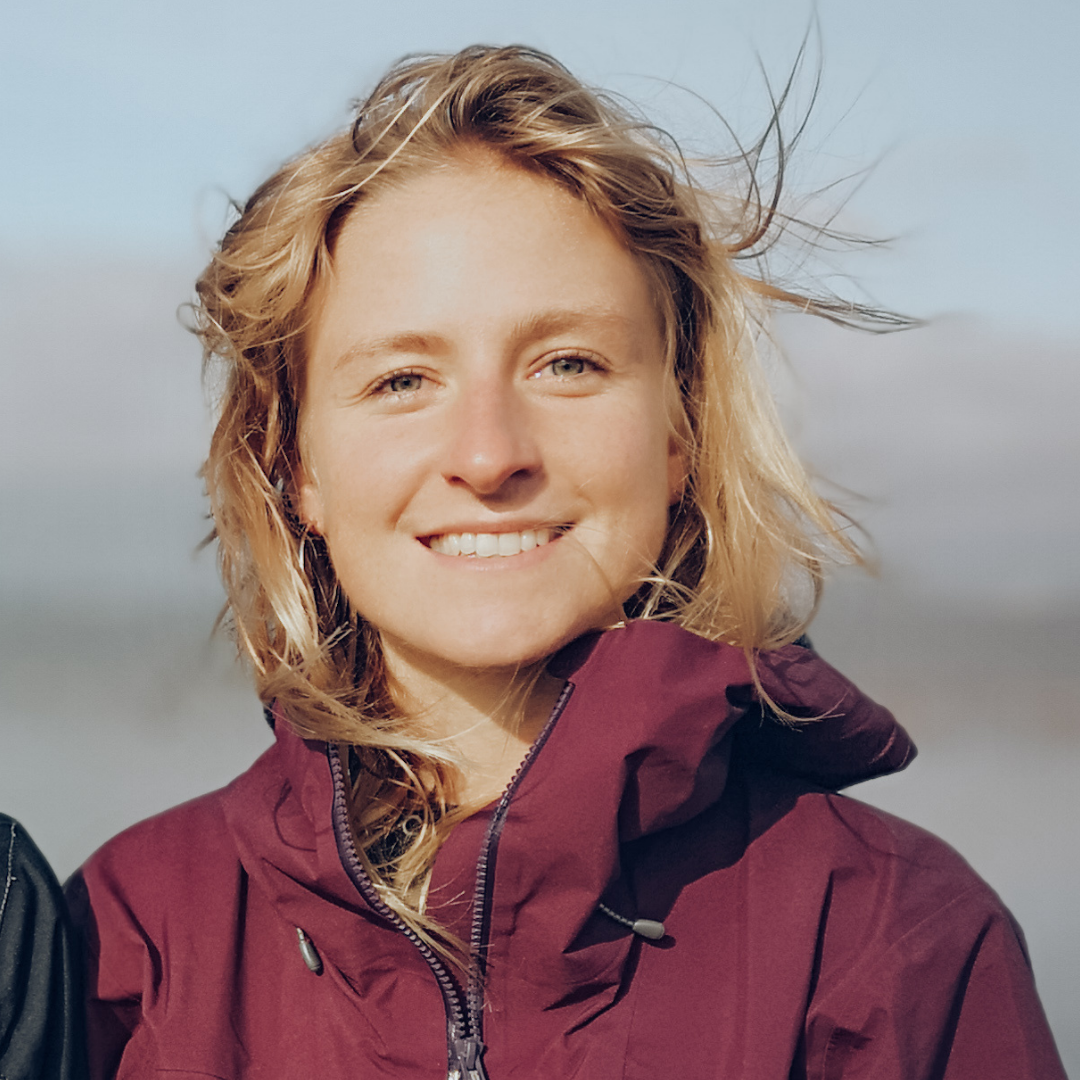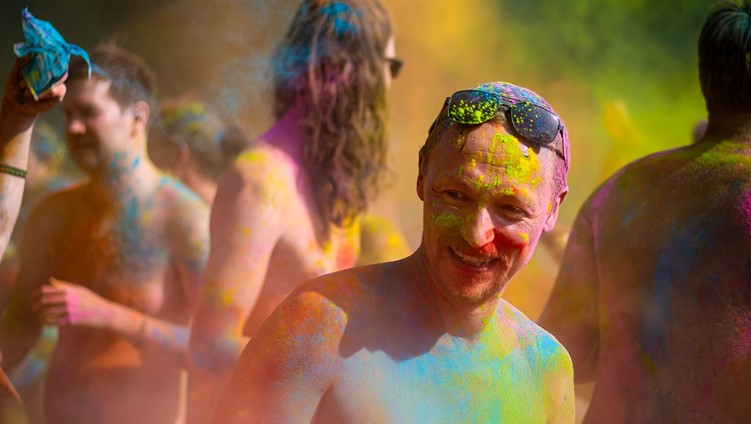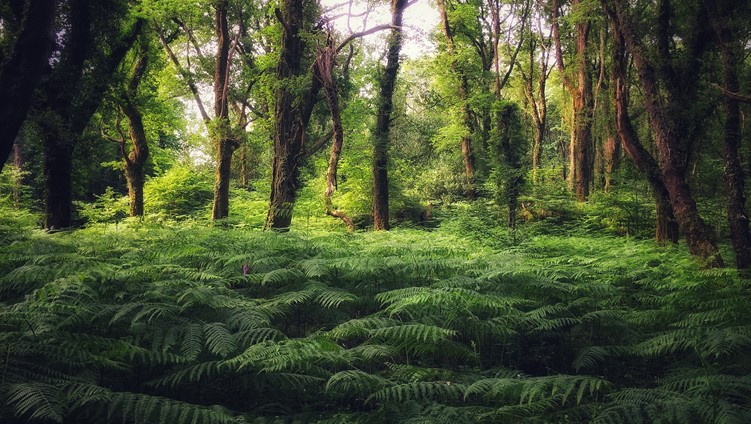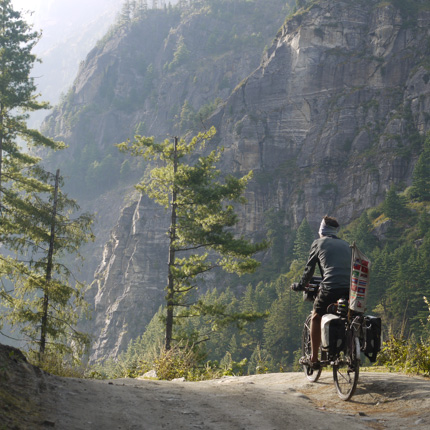
The 7 rivers, 7 continents project is an endeavour to complete source to sea paddling descents of the longest river on each continent; a combined total distance of 35,000km. In 2008 Mark completed his descent of the Amazon River in South America, in 2012 the Missouri-Mississippi in North America and in 2014, the Volga in Russia, Europe’s longest river.
Perhaps more importantly though, and of particular interest to Adventure Uncovered, is the purpose underpinning Mark’s remarkable project. He says, ‘The chief aim (of 7 rivers, 7 continents project) is to bring these river stories to life. From the fisherman, the hunter, the family and the power company worker, to the farmer, the trees, the predator and the prey. All have inspiring and thoughtful stories to reveal.’
Mark, we’re delighted to be talking to you about the 7 rivers, 7 continents project. You’ve completed three rivers so far, can you share with us a couple of the ‘inspiring and thoughtful’ stories?
I try to make clear in my social media, interviews and articles that paddling these rivers is about so much more than just getting from source to sea. While that is a huge element of my expeditions it is not the sole purpose. I am a big fan of difficult and demanding journeys and indeed these river descents very often are, but I have tired of swashbuckling tales for the most part. For me, now, it is the people I interact with on my descents which interest me the most.
'For me, now, it is the people I interact with on my descents which interest me the most.'
Of the three rivers, I have successfully descended as part of the 7 Rivers project so far, all have revealed stories that may be so simple but are incredibly powerful. It was during the latter stages of our Amazon River descent that it clicked to me that these journeys could be so much more than a shot of adrenalin alone. This revelation came about by the never-ending hospitality that we had received on our journey from those people who call the river home.
Most all of them had a very basic standard of living as compared to what we knew. Life was not easy, indeed it was quite often a hard struggle. Watching a 10-year-old girl climb a tall, rickety and eminently dangerously constructed water tower to ensure the family’s water supply remains uninterrupted is proof of that. No matter, they invited us into their homes and we got a glimpse of their day to day existence. Finding clean water, cooking, building, family life, recreation, medical care, education. All of these things achieved in a different manner to our own experience but in the end just the same. A family whose father awoke before sunrise each morning to ferry the children across the river and onto a long walk through the jungle to school. Same aspirations, same laughter, same tears. These little stories shared, I hope, provoke thought about our own and everyone’s place on this planet.
One of the huge opportunities adventure offers us is the possibility to get some perspective on the vast quantity of narratives that make up humankind. It opens our horizons to different ways of life, different perspectives and understandings. How have the three descents you’ve made so far enriched your understanding of social life?
Hugely! I kind of think that arriving in a river community by kayak, raft, canoe or SUP is so unobtrusive that immediately people are more open and much less guarded than they might otherwise be. I have always felt my acceptance into any social situations whether it is in a huge city by the Volga River in Russia or a tiny village on the banks of the Amazon has been pretty straightforward. Quickly, after the initial surprise of a large, unkempt Aussie bloke arriving by unconventional means subsides, people get back to living.
On the Amazon it might have been sending a young daughter up a high wooden tower to fix a pump, on the Missouri-Mississippi families returning to their 4th of July celebrations by the river and on the Volga, Armenian immigrants continuing to work on their soon to be completed floating cafe. I am there with them, an interested observer or helping out. I am recording images, mentally or physically taking notes and as far as is possible being a part of their everyday lives. Perhaps mundane on the surface, it is these small cultural nuances which combine to paint of picture of human life.





Clearly, rivers affect the development of civilisations in terms of initial settlement, growth of transportation systems and trade, border wars and energy production. As you say yourself, ‘The great rivers of the world have shaped the very existence of humans and the ecosystems in which they live’. Can you share with us some specific ways in which the rivers you have paddled are continually affecting the development of communities and vice versa?
I am in the midst of writing a book about the Volga River in Russia. Not a travelogue so much as an off-beat guide to paddling the river. As part of that book, I am covering the history of the river. For thousands of years different groups of people, the Cimmerians, Scythians, Sarmatians, Huns, Goths, Mongols and Vikings were drawn to the river. They used it for transport, to wage war, to trade, to hunt and to farm. It drew people from east, west, north and south, truly shaping how Russia formed itself around this massive waterway. As Russia modernised it was humans who now had their impact on the river.
Today there are nine large hydroelectric dams on its course. As each one was completed it flooded hundreds of towns and villages in the name of progress and development. I met and stayed with Alexi by the shore of the Volga where he had built and ran a summer camp singlehandedly. With a bare winter, the water was low and he often found remnants and artefacts of these lost places which he added to a growing collection. The riparian zone of the river was forever altered and the ecosystems hugely affected by the dams. As cities and industry grew they have had an increasingly negative impact on the river. In a way, this river, as with all large rivers, which provided and provides so much is being worked to a kind of slow death. In spite of this, the Volga has to rate as one of the most beautiful and visually pristine large rivers I have paddled.
'This story of development and exploitation has and is being played out on all of the world’s major rivers. Dams and heavy industry are two key actors in the tale.'
How are the differences between the Amazon, Missouri – Mississippi River and the Volga River impacting respective communities?
Purely anecdotally I found from my descents that communities had either continued to embrace the rivers or increasingly turned their back on them. Most easy to compare are the Missouri-Mississippi and the Volga. Both are hugely iconic rivers in their respective countries and continents, both are the longest and largest there and both run through sparsely populated and highly developed regions.
I found that it was the communities along the Volga who continued to “face” the river. Small villages used the river as a water source, for fishing and for hunting still. Large cities like Nizhny Novgorod, Kazan, Samara and Volgograd with all their massive high rises and traffic had highly developed promenades and parks, boat docks and easy river access. People used the river a lot.
In the US it, to me, seemed less so. In the north, the Missouri was popular for recreation but holiday homes on its banks strangely often faced the road rather than the river. Heading south, Omaha, Kansas City, St Louis, Memphis, New Orleans, once river towns, now huge cities also faced away from the water. When transport by river began to subside and rail and road transport took over, it seems the cities turned their backs.
It is difficult for me to pass any sort of judgement on the two rivers and their communities as I love and respect both but at least from my experience, the above-mentioned observations seemed evident. My less than well-researched theory is driven by Russia’s much later modernisation. It was not until the mid to late 19th century that a real drive to modernise and develop industry and economy occurred. Even later, WWII spurred on more industrialisation. Much of the population lived and worked on the land which lay adjacent to the Volga River. Their lives have been much more recently intertwined with the waterway. Sadly perhaps as time passes communities along the Volga will turn away as well.
We hear all the time of the ways in which humans are living unsustainably on our rivers and negatively impacting our waterways; dams being built, rivers diverted and water polluted. Can you share with us one of the positive stories from your journeys, one we can learn from and draw inspiration?
On the Missouri River, I was blown away by its wildness in the far north of the US. Montana, North Dakota, South Dakota, the river is just magic. Sadly the further south it flows the greater the impact we have had upon it. My friends Steve Schnarr and Melanie Cheney are key team members of the volunteer group, Missouri River Relief (MRR) which has been going strong for 15 years. MRR care for the big muddy river through clean-ups, education events and stewardship activities. I saw their passion for the river they love by and use first hand. Remarkable stuff.
To keep updated on Mark’s paddling the longest river adventures on each continent visit: www.markkalch.com and www.7rivers7continents.com
Keep exploring

